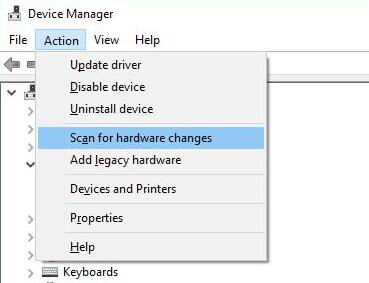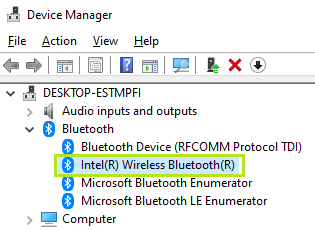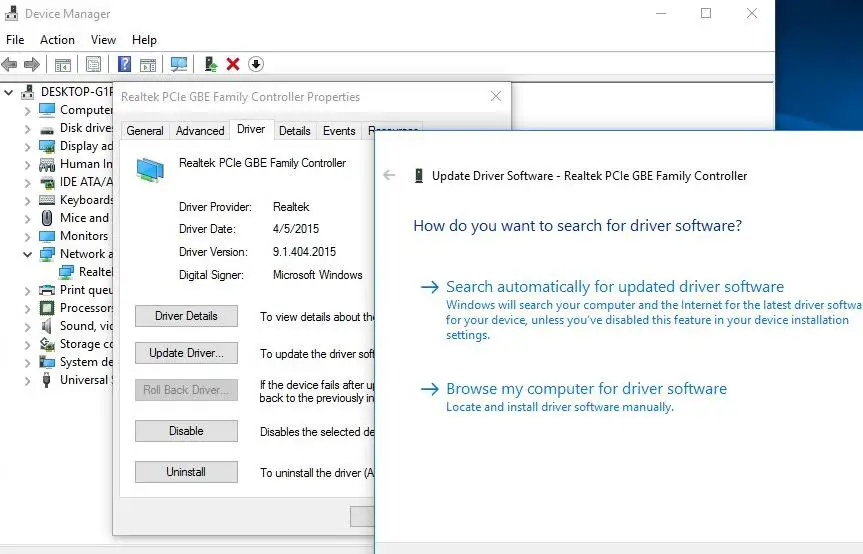
- #Generic bluetooth radio driver error code 10 install
- #Generic bluetooth radio driver error code 10 drivers
- #Generic bluetooth radio driver error code 10 update
- #Generic bluetooth radio driver error code 10 driver
- #Generic bluetooth radio driver error code 10 software
#Generic bluetooth radio driver error code 10 driver
Wait for a while as the Bluetooth driver will be installed on your computer.ĩ.
#Generic bluetooth radio driver error code 10 install
Now, click on “ Next” to install the latest driver. Choose the Bluetooth driver on your computer.ħ. Now, in this window, you will notice the drive.
#Generic bluetooth radio driver error code 10 drivers
Now, click on “ Let me pick from a list of available drivers on my computer“.Ħ. When you will be asked ‘ How do you want to search for drivers?‘, click on “ Browse my computer for driver software“.ĥ.
#Generic bluetooth radio driver error code 10 update
Then, right-click on the “ Generic Bluetooth Radio“ *, then click on “ Update driver“.Ĥ. In the Device Manager utility window, look for the “ Bluetooth” option and expand it.ģ. On the Device Manager window, click on the “ Action” on the menu bar and then click on “ Show hidden devices“.Ģ. Updating the Bluetooth device may solve the issue on your computer.ġ.
#Generic bluetooth radio driver error code 10 software
Fix 2 – Uninstall every software related to Bluetooth.Only the power or clocks required for the device to appear on its bus and respond to a bus-specific command. The same resources as the next higher state that is supported (D2, D1, or D0).

The following table is a useful guide:Īny power or clocks required for the class-defined reduced-functionality of this state. Nominally, this means that there are appropriate power resources defined for D2, e.g.

If the _ PR3 (D3Cold) mechanism is used for PLDR, ensure that scenarios like SystemWake and DeviceWake continue to work. For USB devices, to specify a port that is internal (not user visible) and can be connected to an integrated device, set the _ UPC.PortIsConnectable byte to 0xFF and the _ PLD.UserVisible bit to 0. Since PLDR works only for internal devices, it must be declared as such in ACPI. If an _ RST method is defined and referenced by a _ PRR (PowerResource) then all devices that use that PowerResource will be affected. If any other devices share the same power rail they will also be reset. This emulates removing power from the device and subsequently restoring it. Note that if a _ PR3 method is used, ACPI uses the D3Cold power cycle mechanism to reset. To support PLDR there must be an _RST or _PR3 method defined within the _ ADR namespace as detailed in ACPI firmware: Platform-level reset. To support FLDR there must be an _RST method defined within the _ ADR namespace as detailed in ACPI firmware: Function-level reset. This type of reset has the most impact on the system since all devices that share the resource go back to their original state. The reset operation causes the device to be reported as missing from the bus and re-enumerated. The reset operation affects a specific device and all other devices that are connected to it via the same power rail or reset line. Function drivers must assume that the hardware has returned to its original state after the operation. The reset operation is restricted to a specific device and is not visible to other devices. The actual reset mechanism is system-specific. The reset mechanisms require support both in Windows (typically by the function driver stack) and the underlying firmware (typically in the ACPI BIOS) to actually perform the reset. The reset mechanisms work only for internal devices so externally-pluggable Bluetooth radios such as dongles are not supported. GUID_DEVICE_RESET_INTERFACE_STANDARD defines two levels of reset. While there are different approaches to recover from a failed state, Bluetooth uses a standardized ACPI-based recovery mechanism to attempt to restore the radio to a working state. The Bluetooth Reset and Recovery mechanisms described below are used in these cases. These are failures outside of the enumeration pathway and could be general critical transport-specific failures or device-specific failures such as a catastrophic firmware error. Non-enumeration failures: The device is not in a failed state but is otherwise non-operational as seen by the driver stack.

An example of such an operation could be a firmware download to the device. Failures could occur if a driver encounters an error during one or more start operations and as a result reports a PnP failure. when a filter or function driver is installed on the Bluetooth radio device node (devnode). This typically occurs when building up the driver stack for the radio, e.g. There are three broad categories of issues where Bluetooth Reset and Recovery is initiated:īus enumeration failures: The radio fails enumeration or re-enumeration by the underlying bus (for Bluetooth, this is typically USB or UART) as indicated by a visible failed state (yellow bang) in Device Manager, which may be symptomatic of underlying hardware errors.ĭriver enumeration failures: The Bluetooth radio is in a failed state after successful enumeration by the underlying bus. If you are a customer experiencing bluetooth problems see Fix Bluetooth problems in Windows 10.


 0 kommentar(er)
0 kommentar(er)
